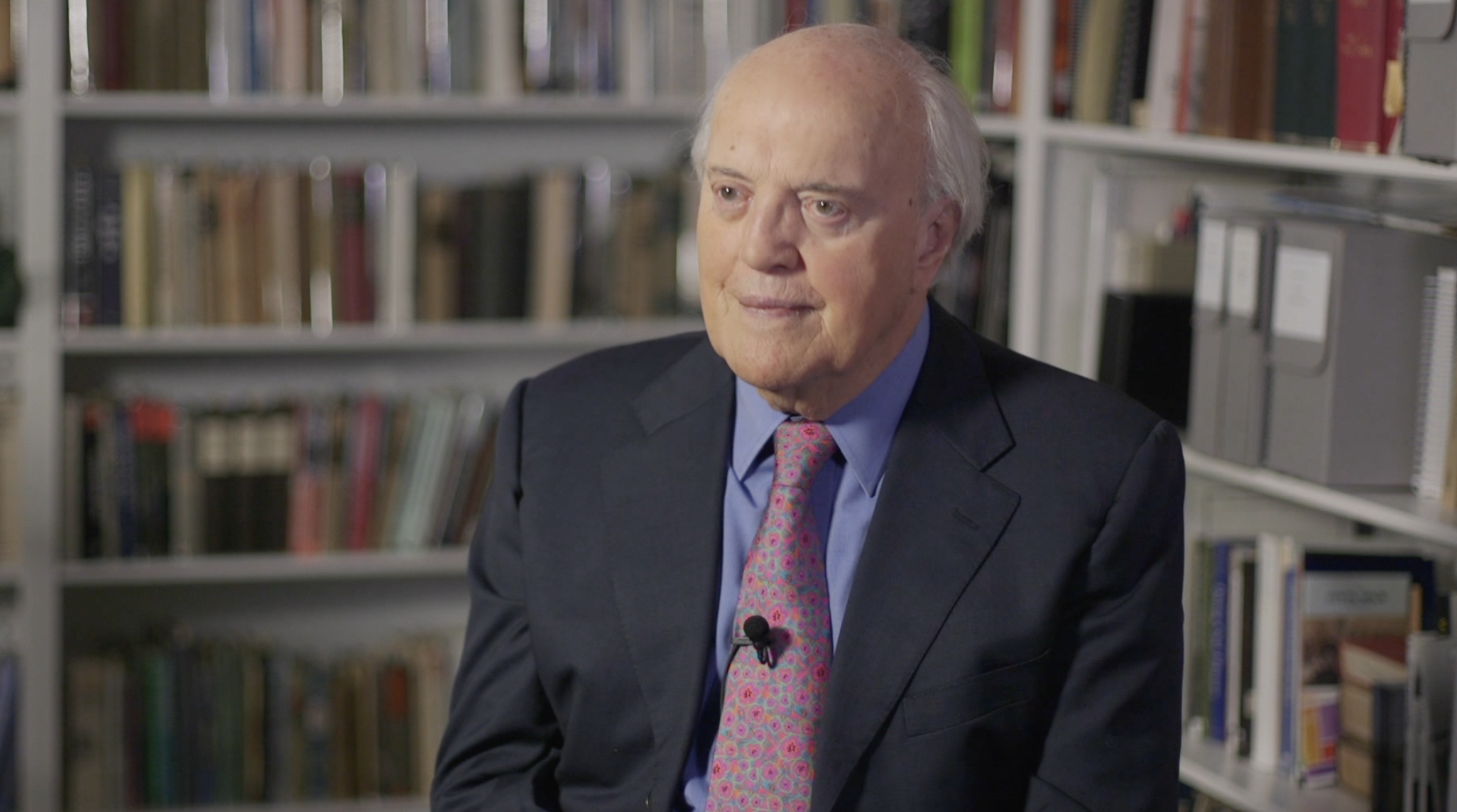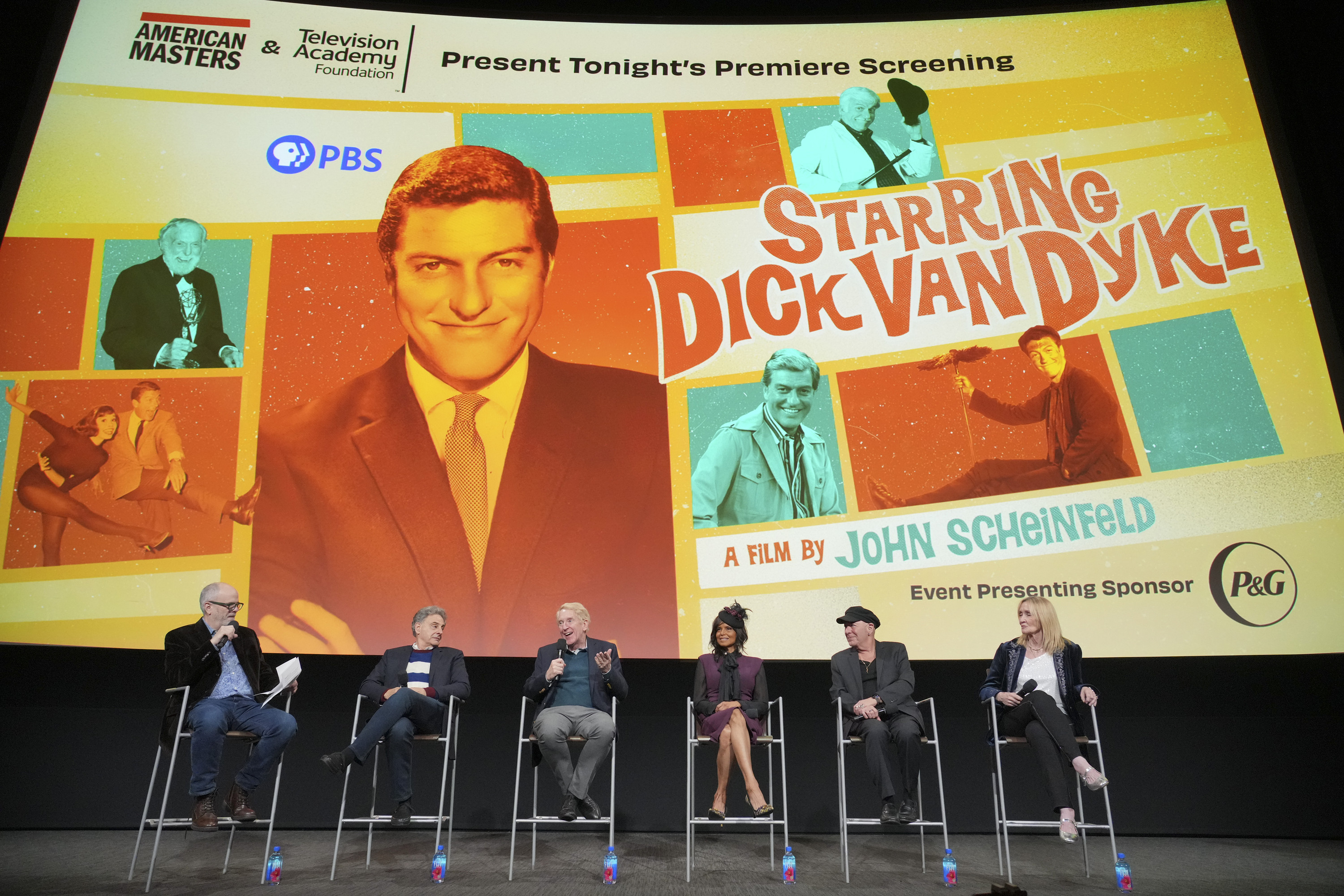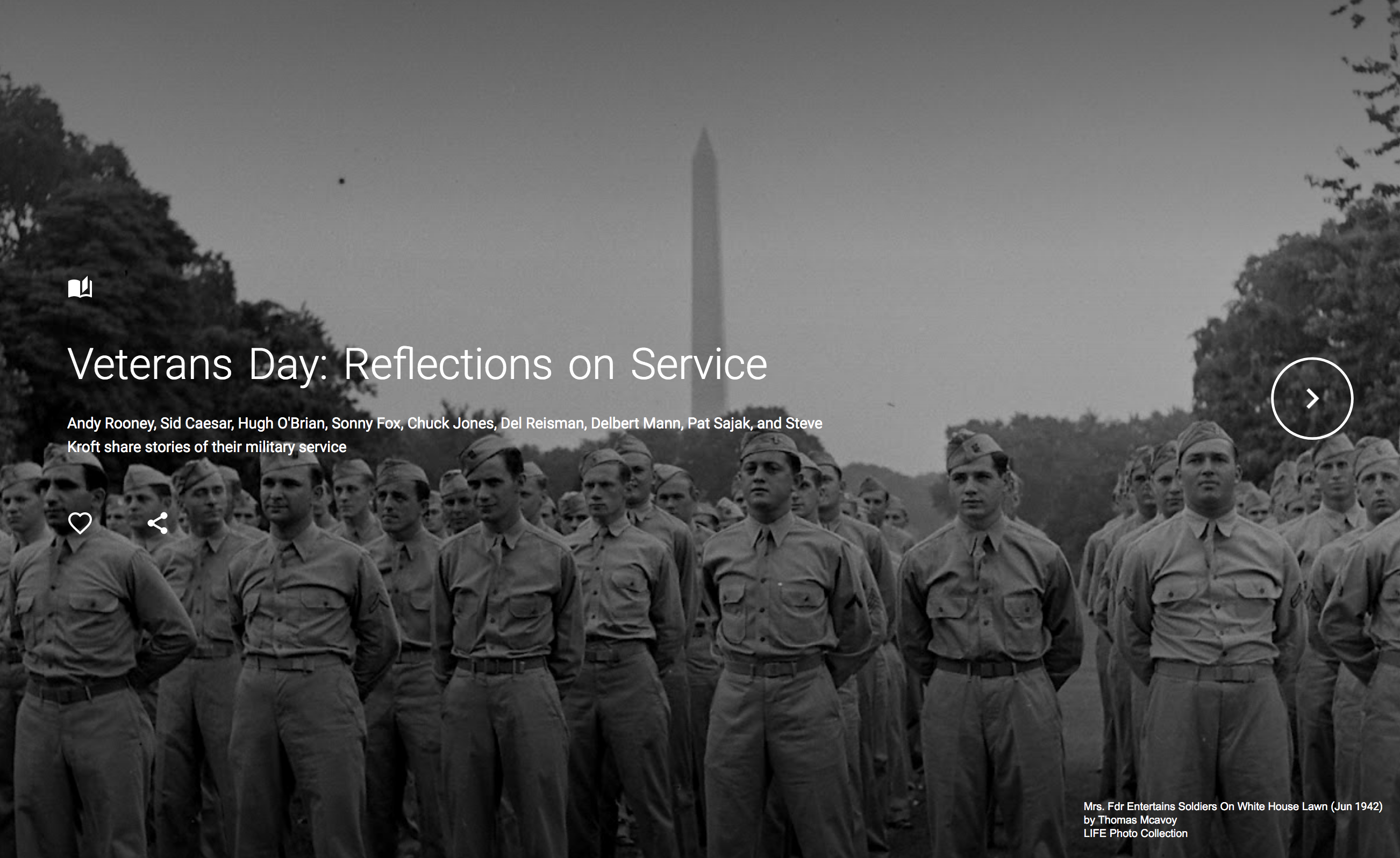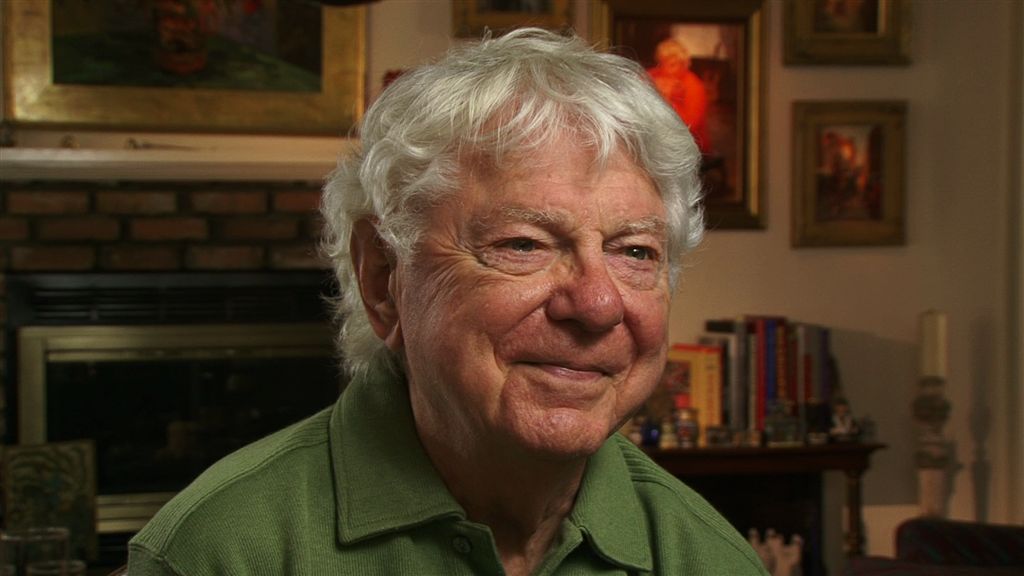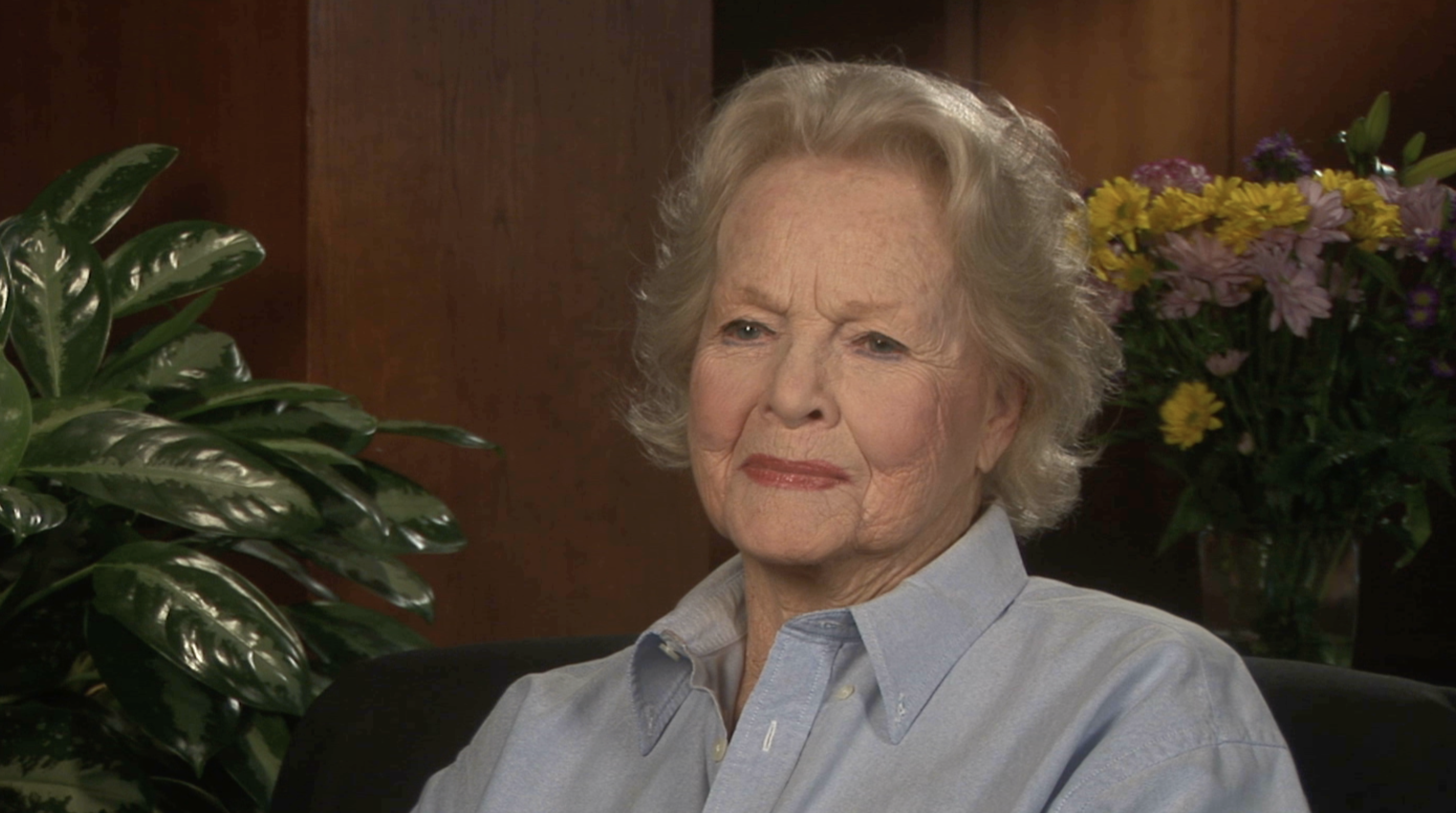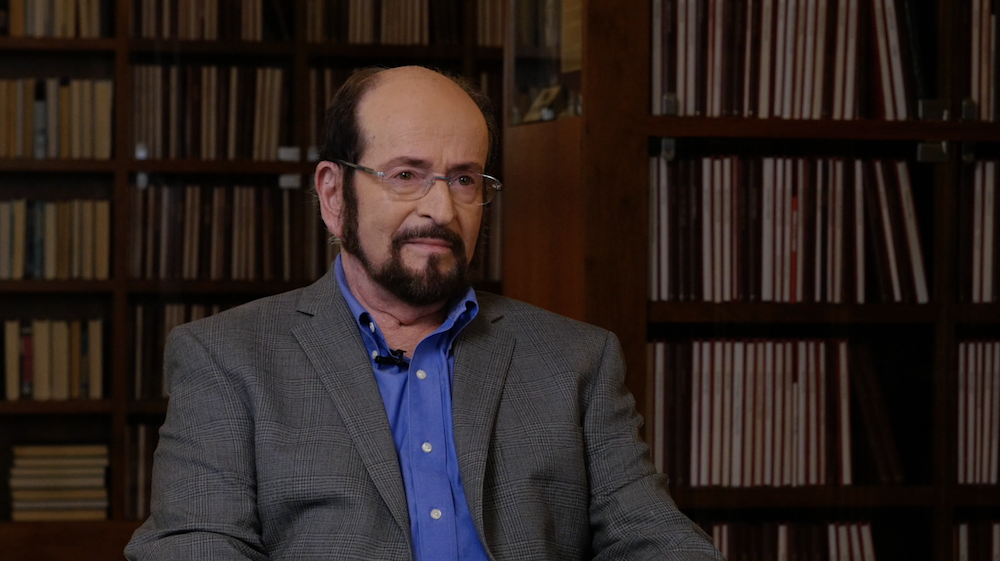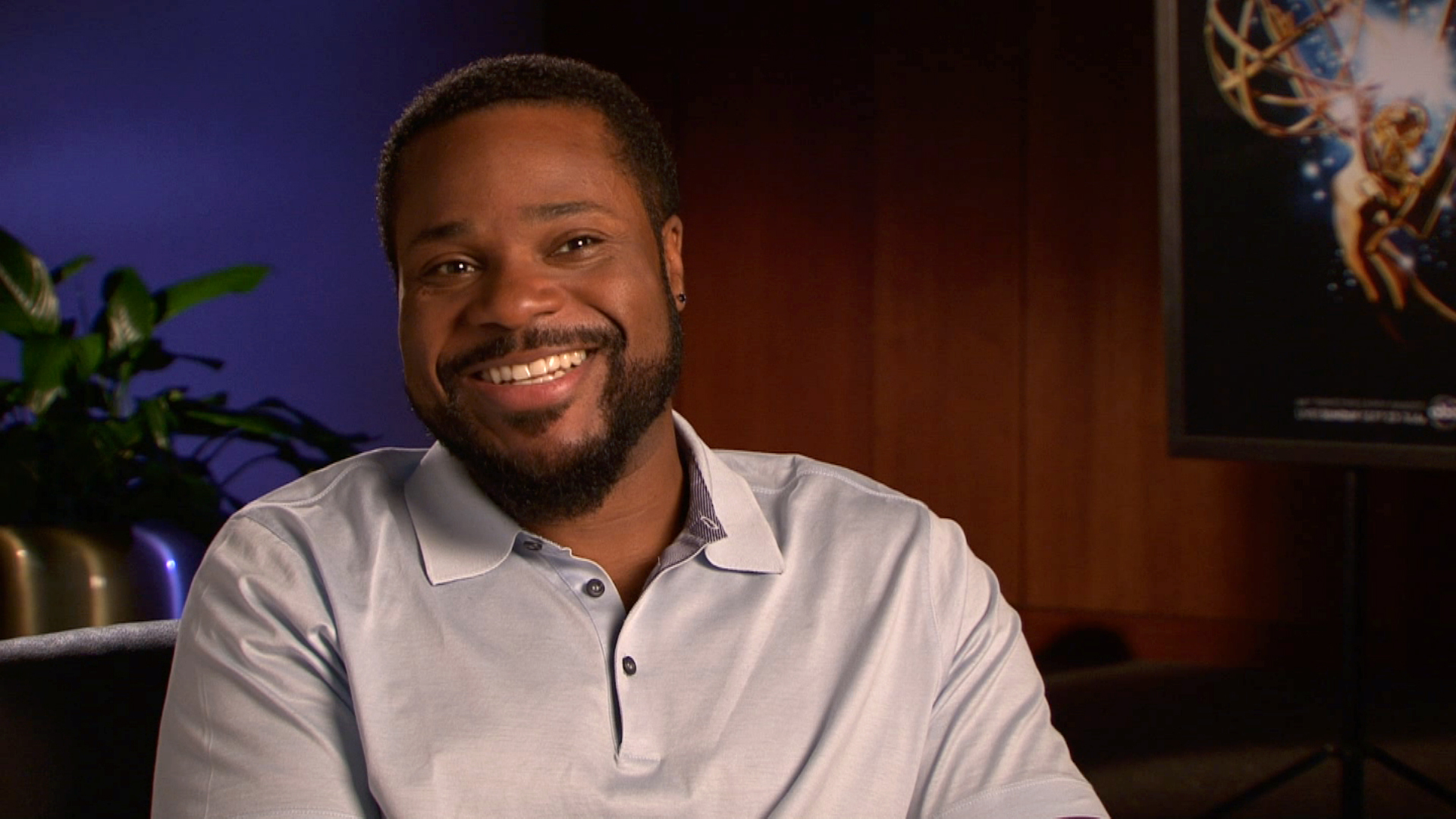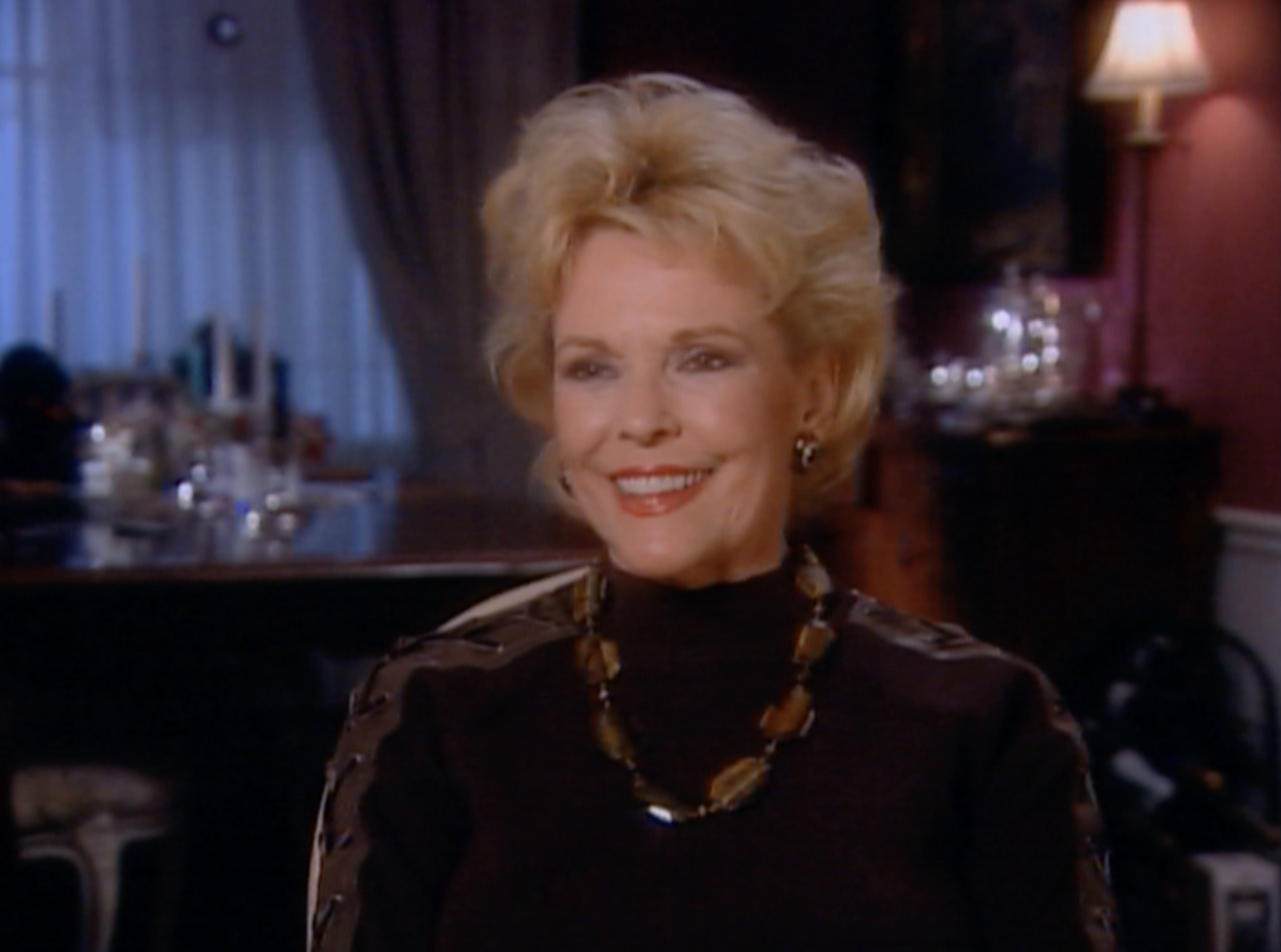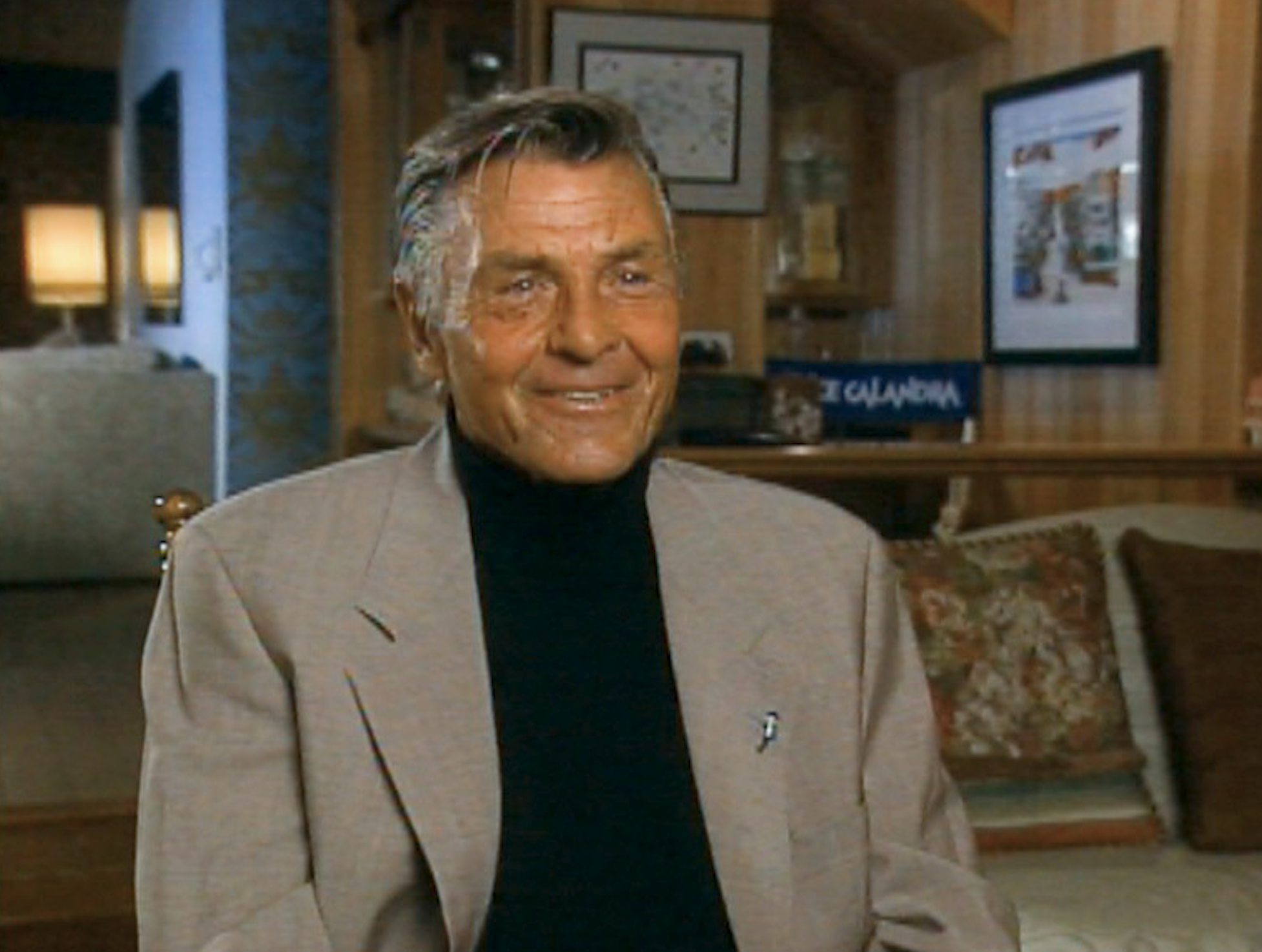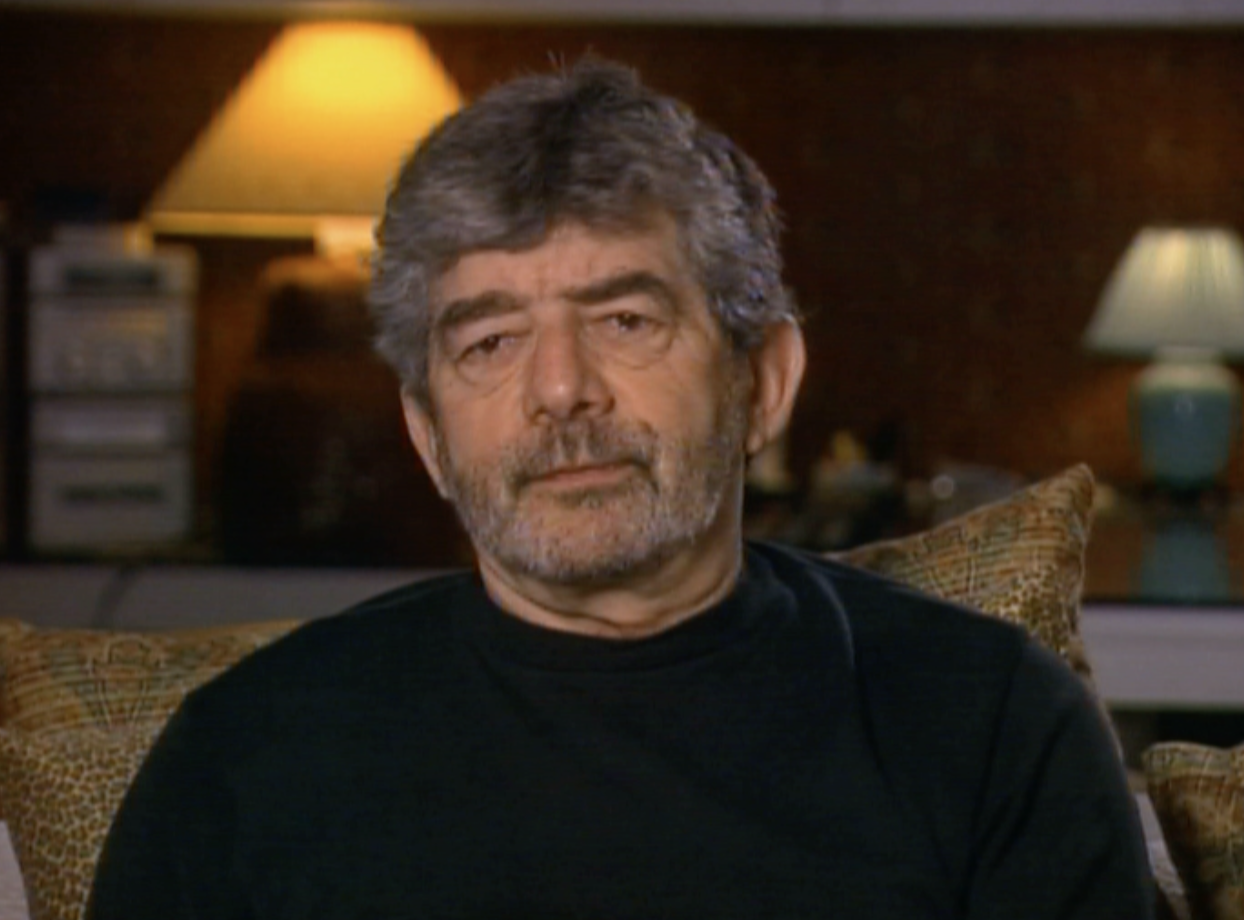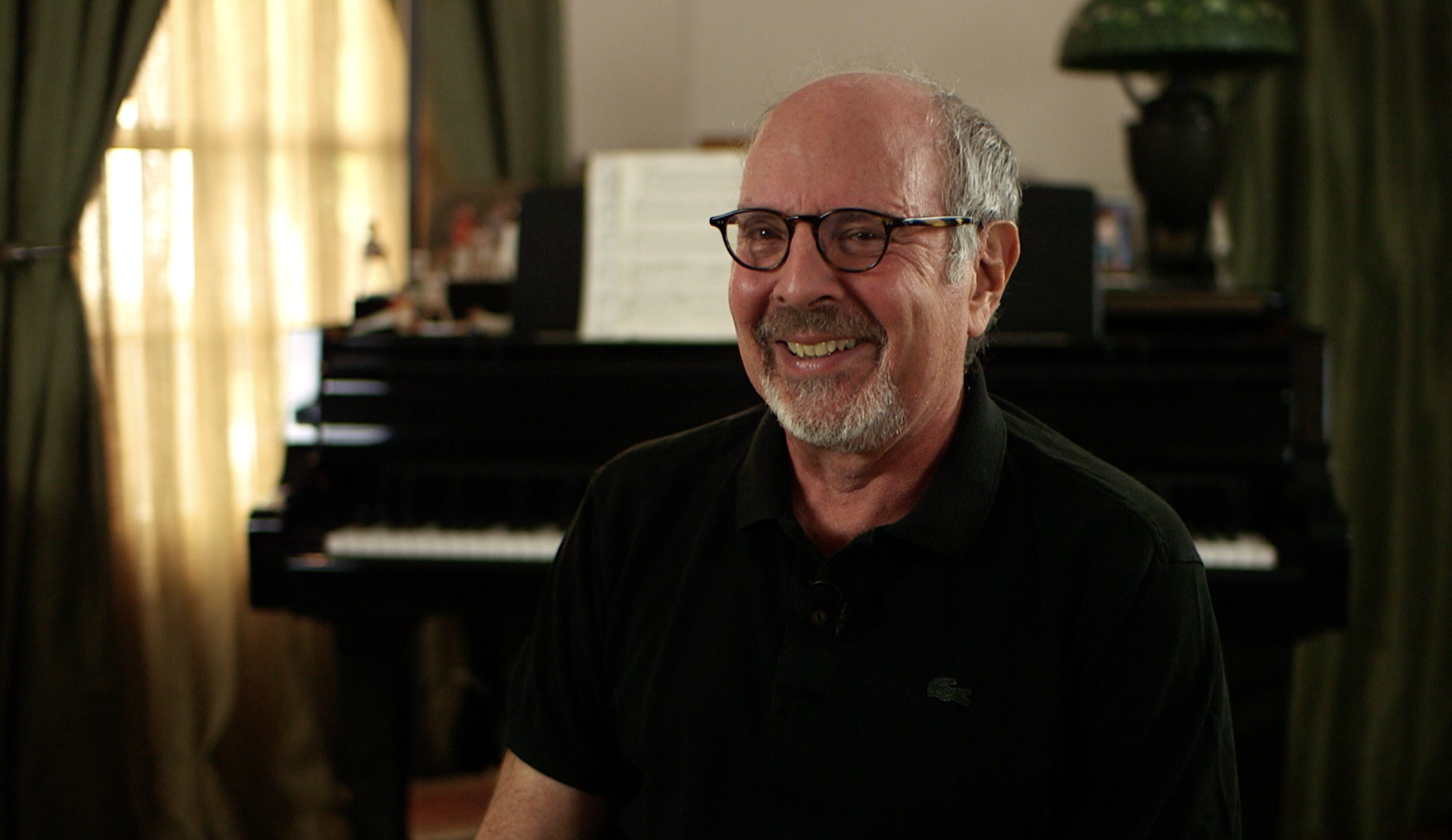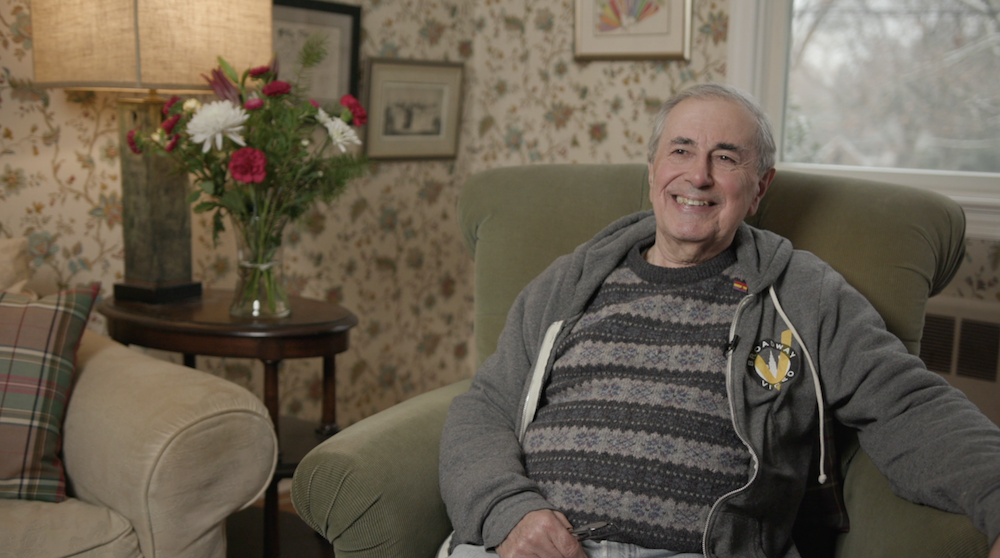From Killing Radio Stars to Smooshing Guidos: MTV Turns 30
 On August 1, 1981 at 12:01 a.m., footage of Apollo 11 blasting off into space filled the TV screen, followed by that of man landing on the moon. Then a flag bearing colorful letters, not stars and stripes, pulsated within a black and white still-image of man on the moon. Instead of the anticipated words of Neil Armstrong, music played and unseen executive John Lack announced, “ladies and gentlemen, rock and roll” – a phrase that would gain its own notoriety as the motto that launched MTV. One small step for Lack (who couldn’t use Armstrong’s famous line due to copyright issues), one giant leap for television.
On August 1, 1981 at 12:01 a.m., footage of Apollo 11 blasting off into space filled the TV screen, followed by that of man landing on the moon. Then a flag bearing colorful letters, not stars and stripes, pulsated within a black and white still-image of man on the moon. Instead of the anticipated words of Neil Armstrong, music played and unseen executive John Lack announced, “ladies and gentlemen, rock and roll” – a phrase that would gain its own notoriety as the motto that launched MTV. One small step for Lack (who couldn’t use Armstrong’s famous line due to copyright issues), one giant leap for television.
From its quirky logo, teeming with eels or guillotined heads, to its edgy all-music-all-the-time mission, MTV transformed television. It took something as familiar as the man on the moon footage and repurposed it with new sights and sounds. This embodied the concept behind the channel’s trademark philosophy: provide a playground for the eyes and ears by combining the best of television and radio. MTV vowed to “do for TV what FM did for radio” by giving the world its first, “24 hour, stereo, video music channel.” MTV introduced us to Video Jockeys, (VJs), to the Buggles “Video Killed the Radio Star” video, and to a new aesthetic where everything was fast-paced - moving from promo, to video, to VJ, and back, amid a constant array of visual stimuli. Notably, MTV was on cable -- at a time when very few people subscribed to such a thing. That was about to change.
Adolescents quickly embraced 1982's “I Want My MTV” campaign, and bugged their parents to call cable providers to get MTV added to cable packages -- sending overall cable subscriptions soaring. MTV’s audience skyrocketed from 1981’s 2.1 million subscribers to today’s 100.6 million, and grew from one channel to a network of 64. Not too shabby for a channel that couldn’t even be viewed in Manhattan until its second year.
MTV’s style and quick pace struck a pop culture chord, and soon after its debut the channel’s influence could easily be detected. Miami Vice, which premiered in 1984, is the direct result of NBC Executive Brandon Tartikoff’s self-proclaimed MTV obsession. Tartikoff spent hours soaking up MTV’s “non-stop visual imagery” and wanted to create a program based upon the concept of “MTV cops.” Though it took some convincing to get Miami Vice made, the show’s hip sensibility, synthesizer-heavy theme music, and Phil Collins-laden soundtrack appropriated the MTV style to great effect.
By the mid 1980s MTV was a full-blown phenomenon. No more scrambling to stretch a meager collection of 250 music videos, MTV was now turning away videos. The channel gradually introduced original programming, including 1987’s game show Remote Control, featuring a young Adam Sandler, and 1988’s MTV News, anchored by former Rolling Stone editor Kurt Loder. Then, in 1992, MTV created a little show called The Real World.
The Real World famously told the “true story of seven strangers, picked to live in a house and have their lives taped, to find out what happens when people stop being polite, and start getting real.” The program is widely considered to be the pioneer of reality television as we know it. Archive Interviewee and former MTV Executive Tom Freston shares the story behind The Real World, which was intended to be MTV’s first SCRIPTED soap opera for the younger set. Watch below to learn how it instead became MTV’s first unscripted, runaway hit:
What began out of necessity quickly became one of MTV’s most popular series, currently in production on its 26th season, The Real World: San Diego. MTV and others, on both cable and broadcast networks, soon began churning out numerous reality shows, a trend now dominant in today’s television programming. Over the years MTV graced us with everything from Dan Cortese bungee jumping on MTV Sports, to Real World alum Eric Nies hosting a dance party on The Grind, to a smart-aleck teen ‘toon trying to survive high school on Daria. It gave us MTV Spring Break, Headbanger’s Ball, Club MTV with host Downtown Julie Brown (Wubba Wubba Wubba), and introduced the world to the joy that is Snooki via Jersey Shore. There may be no guiltier pleasure in life than witnessing Snooki “smoosh” Guidos.
It hasn’t all been smooth sailing for MTV, though. Fan favorites Beavis and Butt-Head and Jackass were taken to task for being too vulgar and inspiring violence in children, The Skins was chastised for being borderline pornographic, and much of the channel’s current programming is under attack, criticized as vapid, “trash TV.” The cast members of Jersey Shore are reportedly being paid $100,000 per episode for the upcoming 4th season. Money well spent?
It may not always be the place for highbrow programming, but MTV has largely accomplished what it set out to do. With its first slogan, MTV declared, “you’ll never look at music the same way again.” And we haven’t. MTV, Music Television, taught us to look at music, not just hear it. We learned about different bands and their members and watched in awe as Michael Jackson danced his way through “Thriller.” Though the focus of MTV shifted away from videos (you can still watch them from 3-9 a.m.), the channel continued to expose us to novel material, and at times, even moved us to action. We got sucked into reality programming, for better or for worse, and voted in Presidential elections, inspired by the “Choose or Lose” and “Rock the Vote” campaigns. We may watch The Hills, but we also care about what’s happening on The Hill.
MTV has a direct line to the heart of pop culture, and its influence on the success of featured artists over the years is no small feat. It has a huge online presence, and still (thankfully) showcases those amazing acoustic performances on MTV Unplugged. The creators of MTV also gave us VH1, Nickelodeon, TVLand and Comedy Central, among dozens of other channels, many of which feature music videos prominently. Not a bad list of projects and progeny to amass by 30.
So welcome to your 4th decade, MTV. May you continue to be innovators in the way we experience music and entertainment, and hey, since you brought Beavis and Butt-Head back after 14 years, we can only hope that Dan Cortese and Eric Nies are the next stars you thrust back into orbit.
- Adrienne Faillace
Watch Archive Interviewees Tom Freston, Quincy Jones, and Sumner M. Redstone discuss MTV and more here: (LINKS)
Viacom CEO Sumner M. Redston'e complete interview is here.
MTV Networks CEO Tom Freston's complete interview is here.
MTV turns 30 video:
